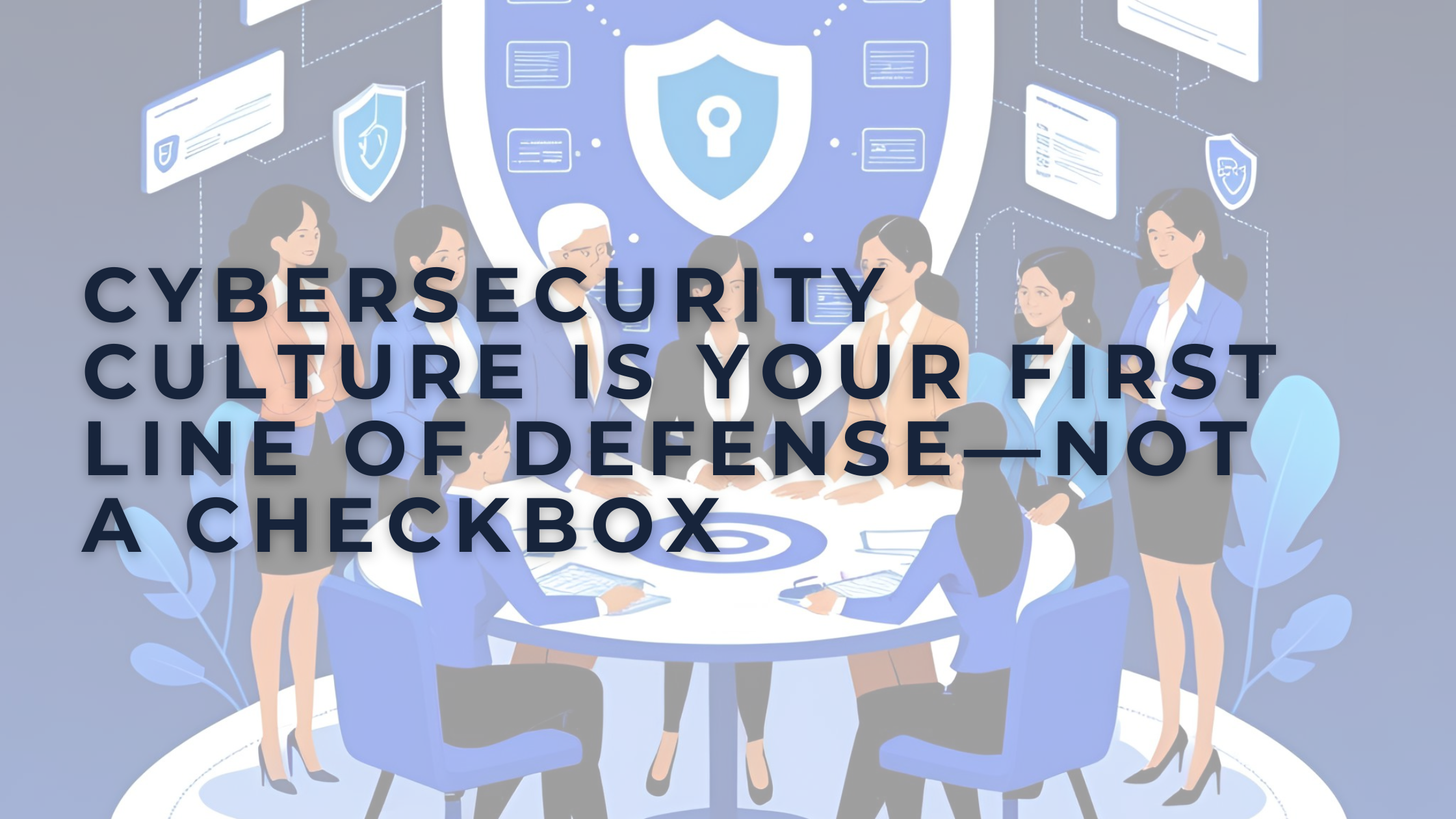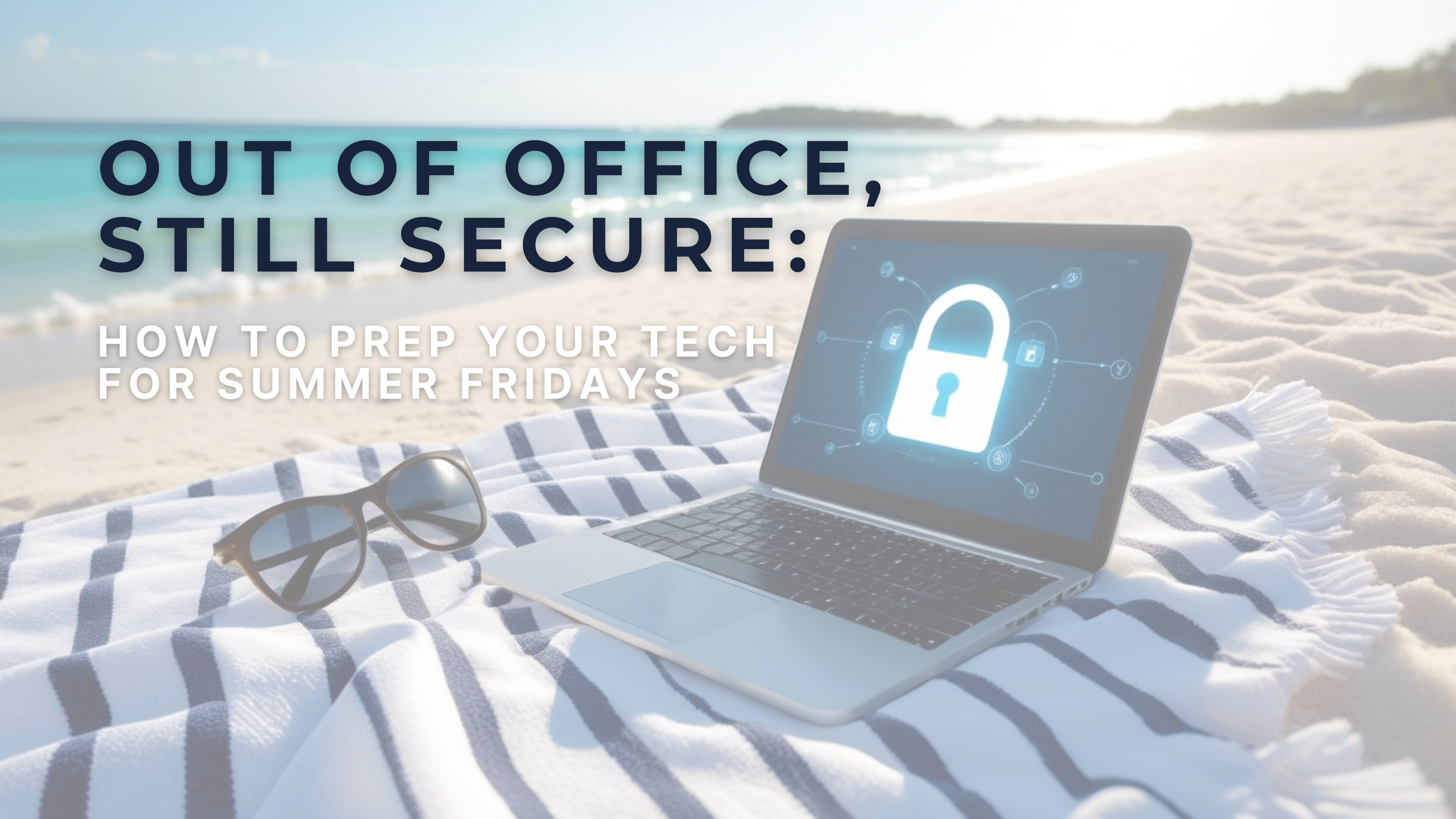Why Slow Connections Hurt Businesses and How to Change That
Outdated IT systems significantly reduce employee morale, enthusiasm, and the overall ability to do their job well, resulting in serious losses of productivity.
One of the biggest mistakes many business managers and owners make is the failure to realize that the employee experience (EX) has a significant impact on the average bottom line. Instead, they choose to focus solely on the experience of the customers, failing to see how the two are closely related and that employees who lack the proper tools to do their jobs often struggle with providing an optimal customer experience. One of the many examples of this sort of scenario is when employees are expected to perform at their best level while using substandard technology solutions.
According to Forbes, 53% of professional employees claim that their companies are more focused on increasing profits than on creating an EX that promotes productivity and fail to see the relationship between the two. Here’s why you should take the internal IT experience of your employees from an afterthought to a viable asset that promotes their best performance.

Slow Connections Mean Lost Time
Employees who are expected to muddle through with outdated IT systems often find their productivity lagging, and in some cases, they lose enthusiasm for their work. Typical scenarios involved in poorly executed IT strategies include lost time while PCs painstakingly “boot up,” which can create situations in which employees are late for important online meetings and conference calls, the hassle and lost time involved on having to change passwords on a regular basis, and connections that are so slow that they adversely affect everything from reporting expenses to file sharing among employees for collaborative projects. Some estimates claim that the average employee loses more than one week every year because of slow internet speeds.
Slow connections are particularly harmful when employees are trying to resolve customer service issues, particularly if you’re using strategies that involve streaming video to a customer’s smartphone or remote screen sharing with a customer’s laptop or home desktop.
Slow Connections May Hamper Employee Retention Efforts
Outdated IT systems also force you and your employees to work within the boundaries of the system’s constraints — not only will you miss out on collaborative opportunities such as group chats and video conferencing, employee morale may plummet as the result of feeling as if they’re company is still using technology from the Dark Ages. Employees may also feel cheated out of the opportunity to use cutting edge technology and to expand their own IT knowledge. No matter what the reason, when employee satisfaction and morale goes downhill, that usually translates to higher than average turnover rates — and it’s no secret that a revolving door of white-collar workers means higher overall costs.
Companies are often reluctant to upgrade their IT systems because of the initial cost, but those that play the long game know that staying on top of technology pays off. If you’re seeking strategies to increase your overall bottom line, don’t forget to factor in the strong correlation between EX and customer experience. Employees who aren’t empowered through access to the tools necessary to give their best performance are at risk of failing to provide the best possible customer service through no fault of their own.




